Word and images by Joshua Hutchins
Fly-fishing New Zealand’s scenic South Island is always a challenge – but mostly rewarding for Joshua Hutchins. He shares the inside word on one of his favourite destinations.
The South Island of New Zealand is the pinnacle for fly fishermen chasing trout. Granted, that could sound like marketing spin from NZ tourism, but this destination ticks all the boxes. The sight fishing is off the scale, the scenic backdrop is magnificent and the dry flies often come out to play.
What’s more, trophy fish are often lolling around the next bend. After spending many summers getting lost, here are a few top tips to help you on your next South Island adventure.
GETTING STARTED
Getting started is simple: book a flight to Christchurch or Queenstown, hire a car (4WD is best) and lock in some accommodation, leaving a few days to camp in between.
Depending on how much time you have, focus on a few regions. It’s easy to get side-tracked by unnecessary detours and spend half your time driving around dodging sheep. The Canterbury, Otago and Southland regions have many fishable rivers and lakes. Keep your plan flexible and keep track of the weather. Sometimes the entire east coast can be washed out while the sun is shining in the west – or vice versa. Watching the forecast could save your trip.
A good guidebook will eliminate a lot of the guesswork. South Island Trout Fishing Guide by John Kent, or Spot X Freshwater New Zealand by Mark Draper are bibles of South Island fly fishing. They provide maps, access points and descriptions of just about every river. After fishing the South Island for many years, I still regularly refer to the Kent’s book.
Even better than a guidebook is booking a guide. I know this is meant to be a DIY guide, but at the end of the day you can’t beat local knowledge. Even if it’s just for one or two days at the start of your trip – the tips will last a lifetime. NZ has guides in every region and a quick Google will connect you with someone who can build your confidence and skills at the start of your trip.
NUMBERS VS SIZE
Not every trout in New Zealand is the monster you saw on Facebook, or the photo from your mate’s mate that enticed you to book in the first place. Trophy trout are only available in certain rivers, and in many cases, only certain sections of those rivers. Choose your rivers wisely.
If you’re a beginner, you’ll have a more enjoyable trip focusing on rivers with a higher quantity, rather than quality, of fish. But if you’re confident casting an 18ft leader into a head wind, then the giant trout trophy hunt may be for you. In general, lowland rivers hold bigger numbers of trout with an average lower size. Large trout hide out in backcountry river headwaters, where the trout are sparse. Big Kiwi trout will often only give you one chance ‑ two if you’re lucky. If you want to chase the big ones, start practising your casting distance and accuracy. Guidebooks and local stores can help you select the best rivers for your ability. Just don’t expect anyone to tell you the exact location of their trophy trout haunt!
THE ADVENTURE
The best part of New Zealand is the freedom to roam any river. No-one owns the rivers or their immediate banks. Farmers will often allow you to access the river through their property ‑ just be courteous and ask permission.
You can stay in high-end lodges, but if you prefer more of an adventure, load up the pack and head deep into the backcountry. If you follow the marked ‘tramping’ [‘hiking’ in NZ speak] trails, many will lead to huts available for overnight stays. However, the size of your trek isn’t always proportional to the size of your catch.
Last December, my mate Matt Jones and I packed the car, left Christchurch early and went exploring for some ‘trophy water’. Arriving at the headwaters of the river, we knew our numbers would be slim. Walking no more than 500m, I left the main stream and diverted up a small spring creek.
Matt followed closely behind and we soon noticed two very large brown trout sitting in the lower section of the pool. Not wanting to spook them, I cast a dry fly towards the fish. The larger of the two rose to fly, but then spooked on closer inspection. “Bugger!” I thought, as I watched the fish disappear.
The second fish remained on station, but wouldn’t rise to the fly. Changing up to a weighted nymph, I cast again, landing it towards his mouth. The strategy worked and the large brown came up and consumed the fly like a slider from a waiter’s tray. After a decent fight (my leader breaking only seconds before he was netted) I landed the fish. He weighed 11lb in the weight net ‑ I could only imagine how big his friend was. Even better, we were back at the car in no time, without aching muscles or wet feet.
My other catch above the 10lb mark came after hiking 30km into the backcountry. No roads, no huts, just following the river into the headwaters with a 30kg pack. Yeah, I earned that one – with the blisters to prove it.
THE HUNT
The best part of fly-fishing the South Island is sight fishing. In most cases, we never cast until we see a fish. Spotting, stalking and catching that fish is the epitome of NZ fly fishing. It’s not always that easy because these trout appear to have been trained by Ninjas in the business of camouflage. This is where a guide will come in handy. They’re experts at spotting fish on their local rivers and lakes. Here are a few things I picked up along the way.
Good Polaroid sunglasses are a must.
Secondly, approach each section of good water slowly, standing as far back from the bank as you can, but still allowing good vision into the water. Brown trout are particularly lazy and will station themselves in the easy water, facing upstream to take oxygen through their gills and ready for any food to pass by. Fish will often sit in front of or behind a boulder, on the edge of the faster runs, or on the ledge of the pool to provide cover. These are the first places I scan.
Lastly, look for any signs of movement or slight colour variations. Sometimes, it is an open mouth or outline of a fin that will give away their location. Approach the trout slowly from behind and plan your attack wisely. Remember, you may only get one chance at a good cast. Good luck!
WHAT FLY IS BEST?
I get asked this question a lot. It’s second only to: “Where are the trophy trout?” Experience tells me Kiwi trout are the least picky I have encountered. In fact, I’d say presentation is far more important than fly. Consequently, keep the fly choice simple.
JOSHUA’S TOP 5 NZ TROUT FLIES (NOVEMBER-MARCH)
- Parachute Adams #10-14
- Blue-Arse Blowfly #12-16
- Parachute Madam X #8-14
- Tungsten Pheasant Tail Nymph #10-16
- Tungsten Hares Ear Nymph #10-16
If you peeked in my fly box, you’d probably also find an Olive Stone Fly Nymph, and a nasty San Juan Worm, which I often employ as a last resort. Most importantly: when in NZ, keep it simple.
GEAR CHECK-LIST
- A fast-action 5 or 6 weight rod (9ft-10ft) is perfect for just about everything.
- A floating weight forward fly line. I prefer a Rio Gold or Rio Grand fly lines.These give an extra punch on windy days and, trust me, those days will come.
- A fly reel with smooth drag and a minimum of 100m of backing. Some large fish can take you a long way downstream after hook-up.
- Long (12ft-15ft) tapered leaders in 3X, 4X and 5X. Plus fluorocarbon tippets in 3X, 4X and 5X.
- Wet wading gear, or waders if you are fishing early or late season.
- Hiking gear – tent, sleeping bag (-2 comfort level), sleeping mat, pack and cooking and eating utensils.
- The weather can oscillate between pleasantly hot or bitterly cold at any time of the season, so pack accordingly. A high-end, breathable, rain shell jacket should be on your list.
- Hat, Polaroid sunglasses, sun-gloves, buff and insect repellent are a must, for both the sun and incessant sandflies.
- Common sense will fill in any gaps.
UNWRITTEN RULES
You’ll feel like a free man roaming the rivers and lakes of the South Island, but that privilege comes with the obligation of courtesy. Know when approaching anyone fishing a river that they have right of way. You may need to allow two to five kilometres of river for them to fish if you plan to cut in above. If you arrive first, it’s a good idea to leave a note so other anglers have the option of either fishing behind you, heading in the opposite direction, or fishing another location altogether.
____________________________________________________________________________________________________________________
- Pier Nissotti, South Island New Zealand, Underwater landing of brown trout.

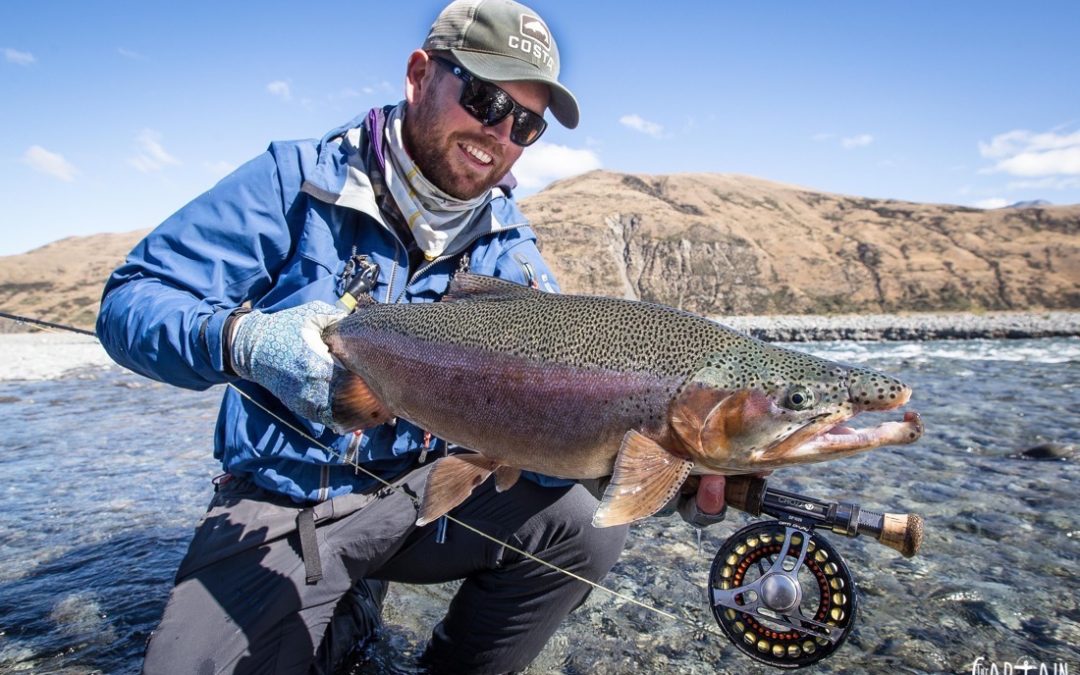
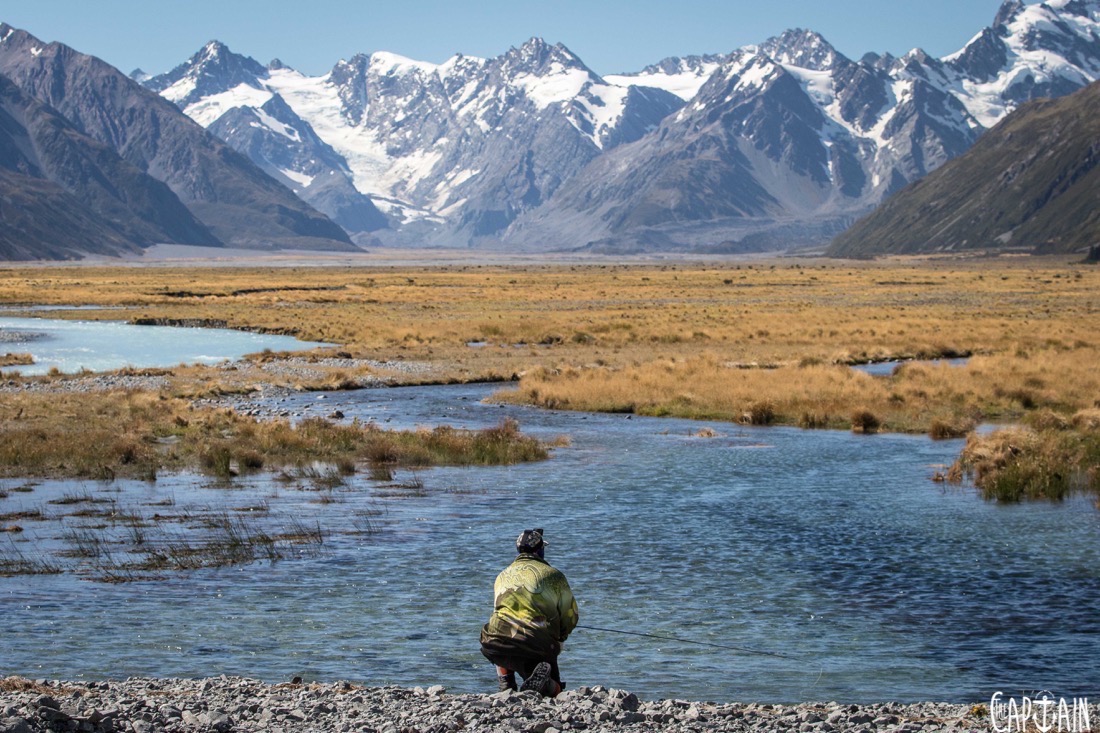
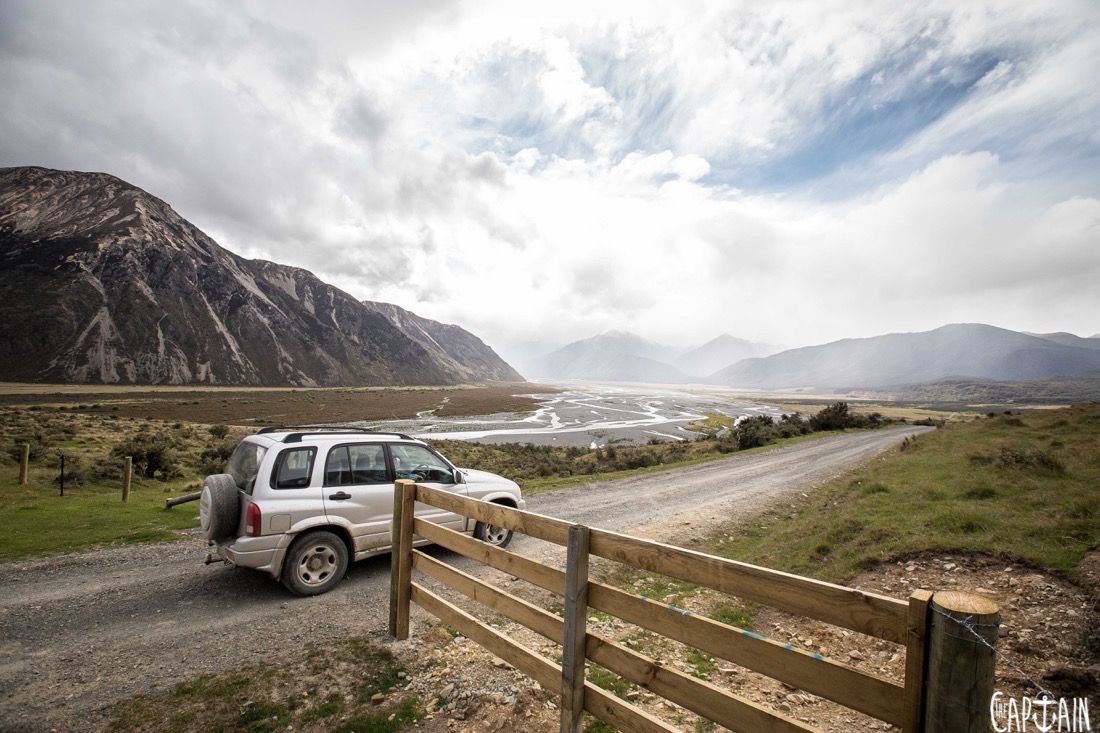

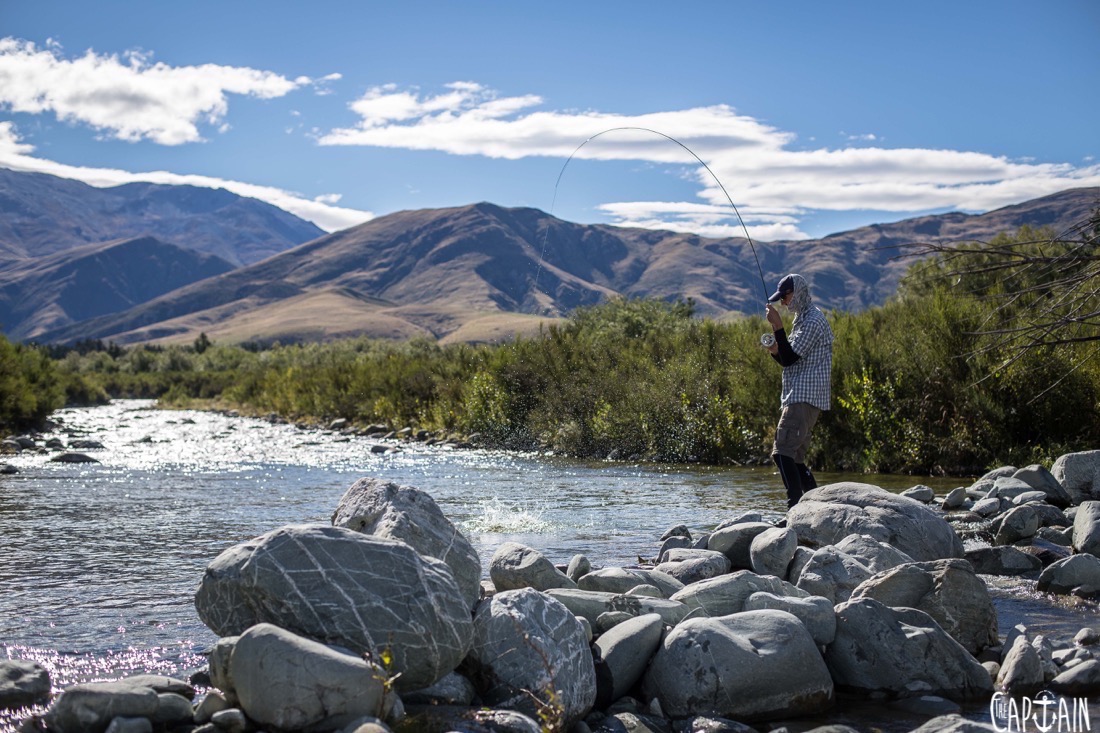
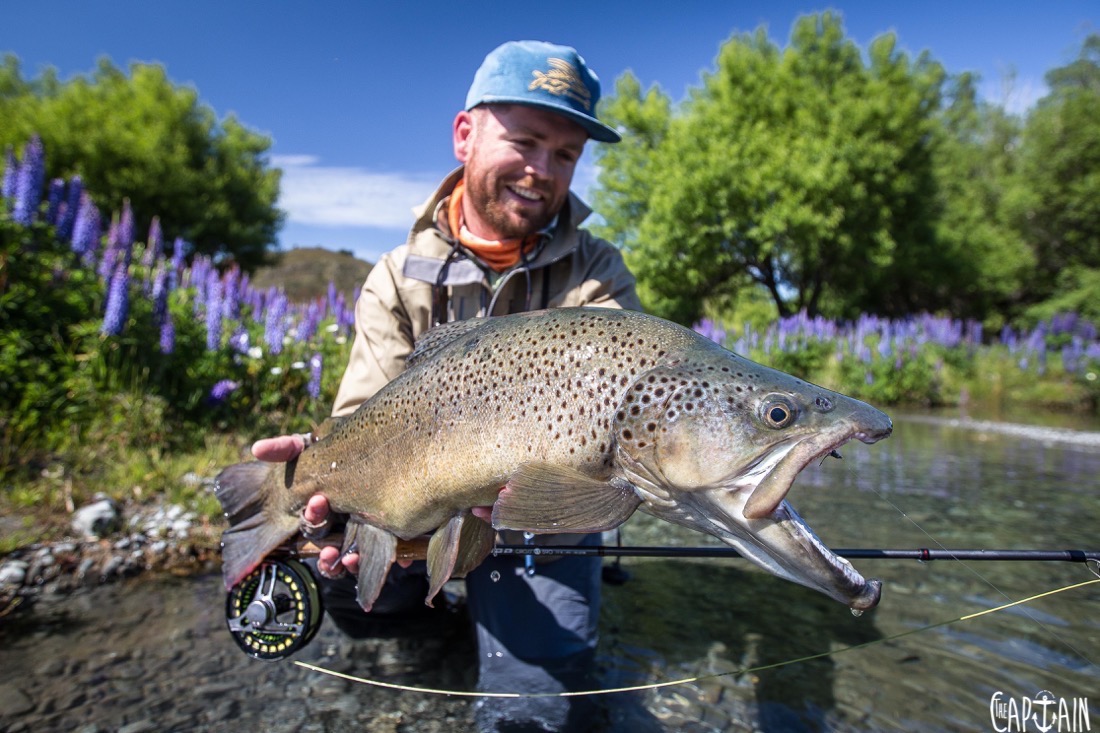
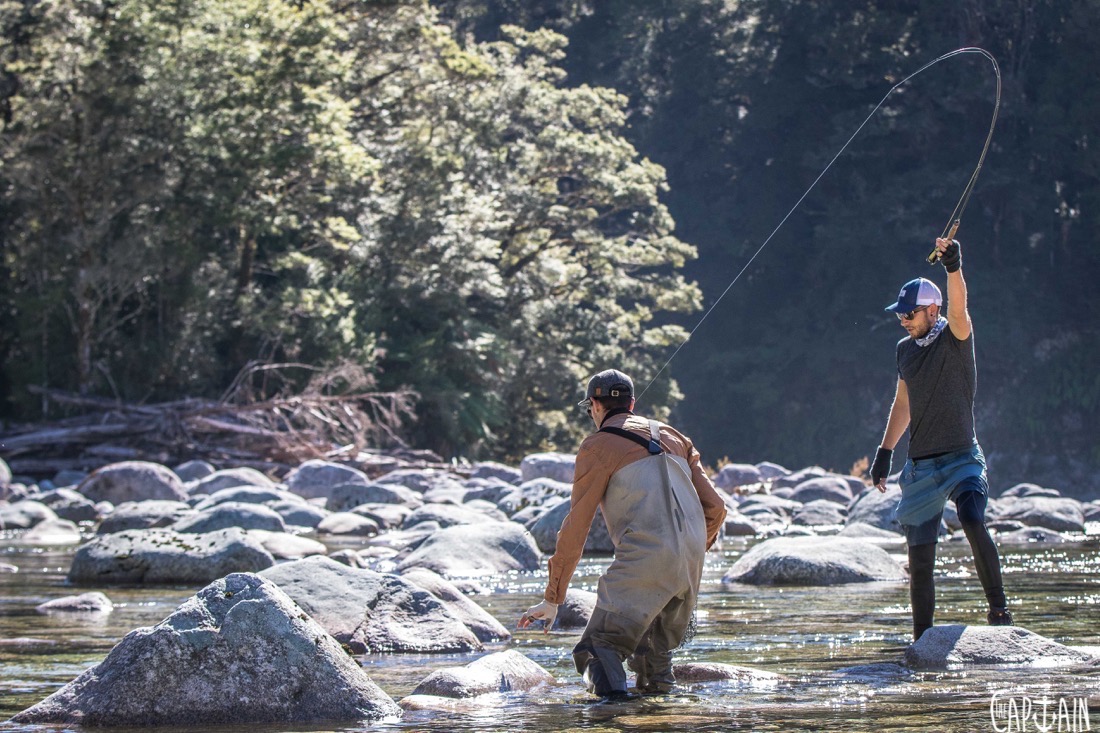
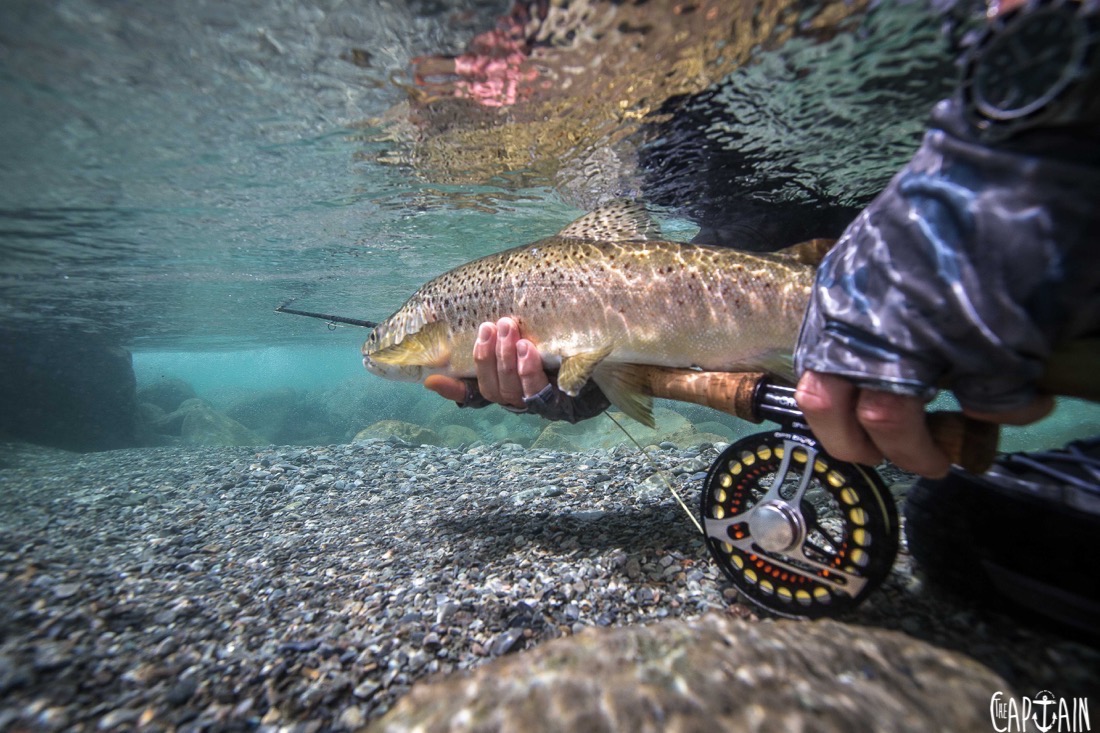
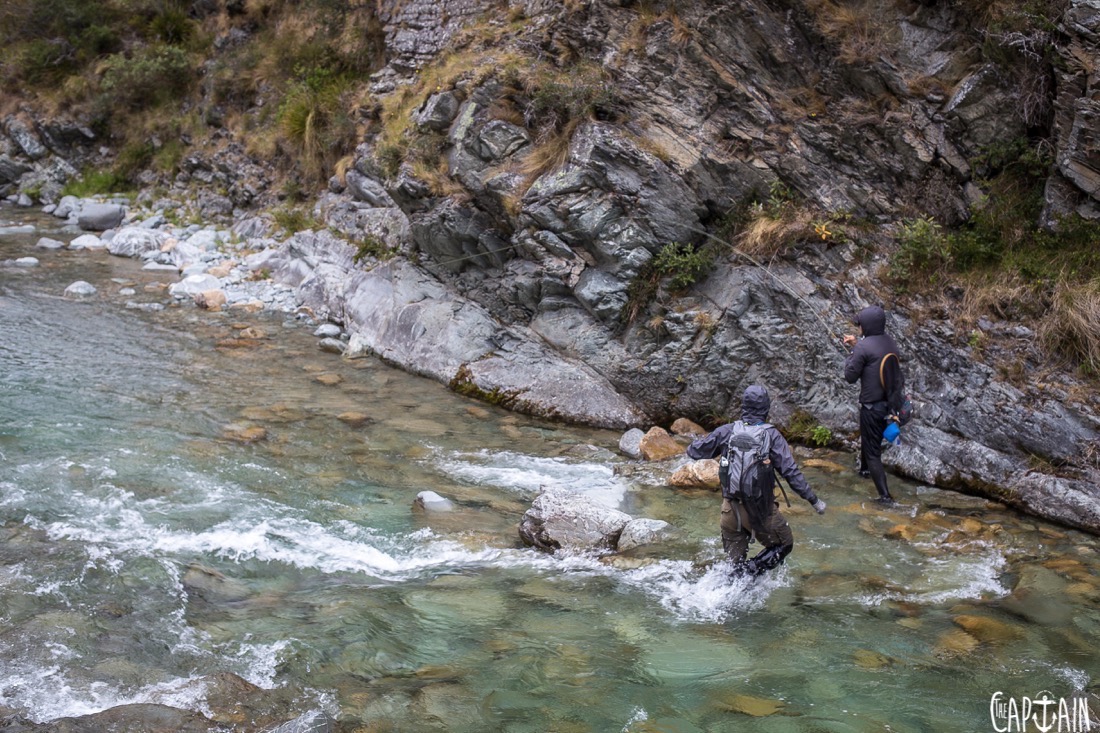
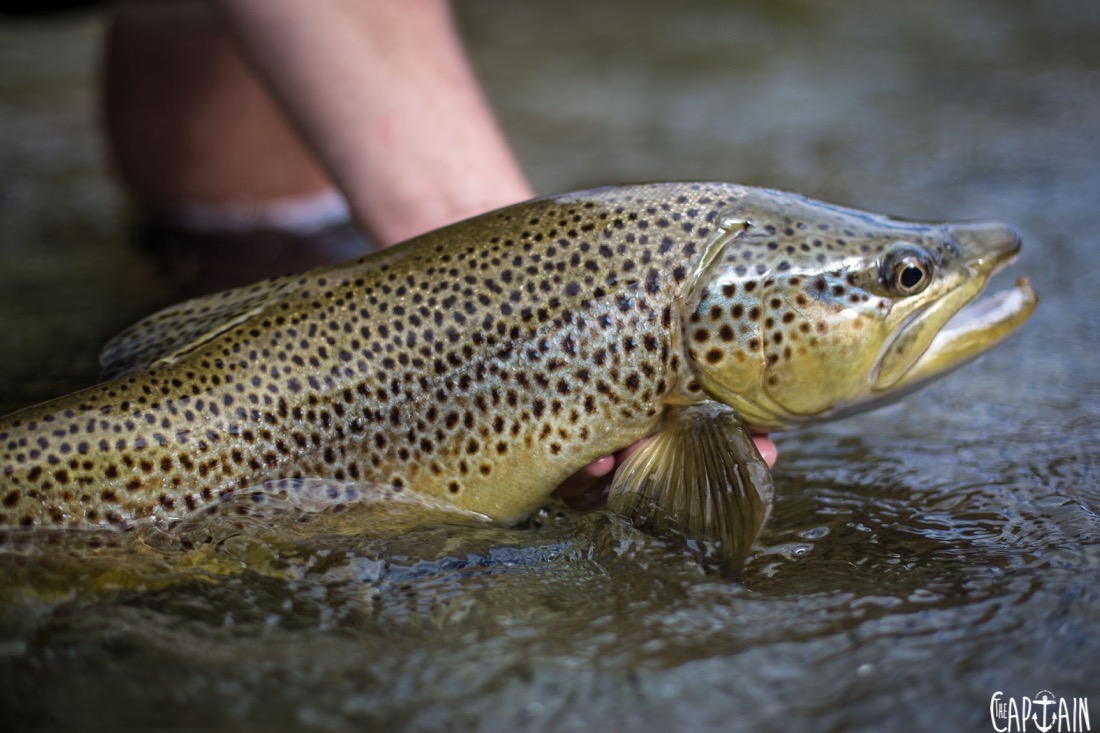
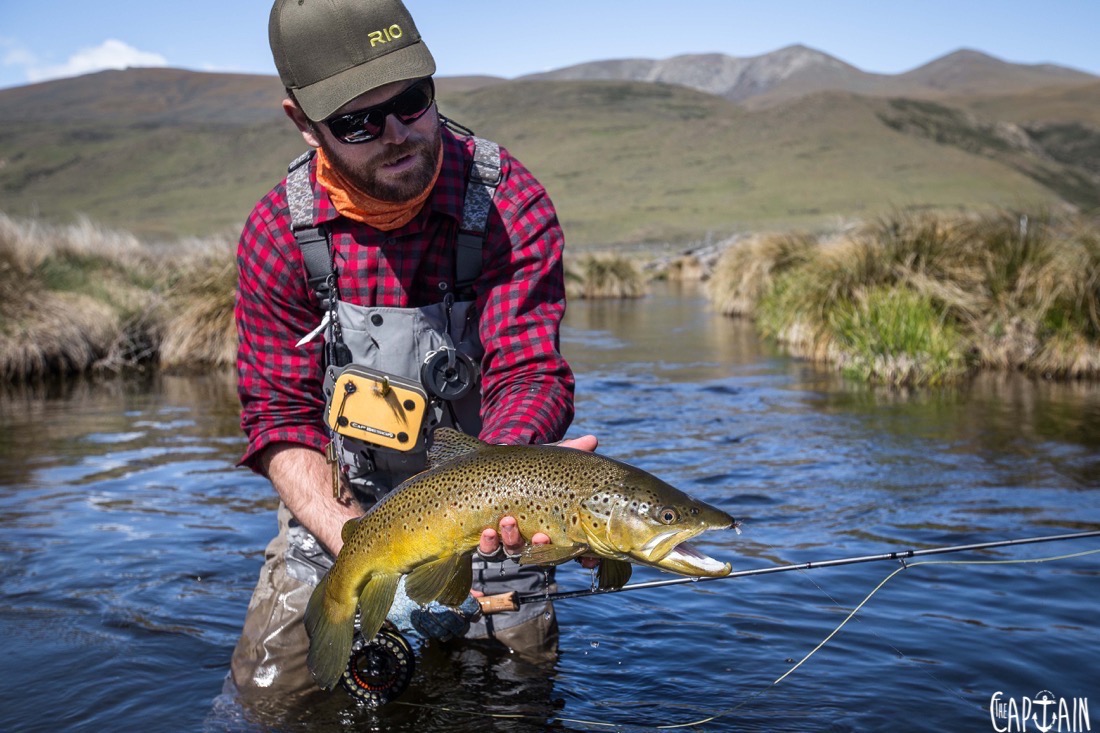
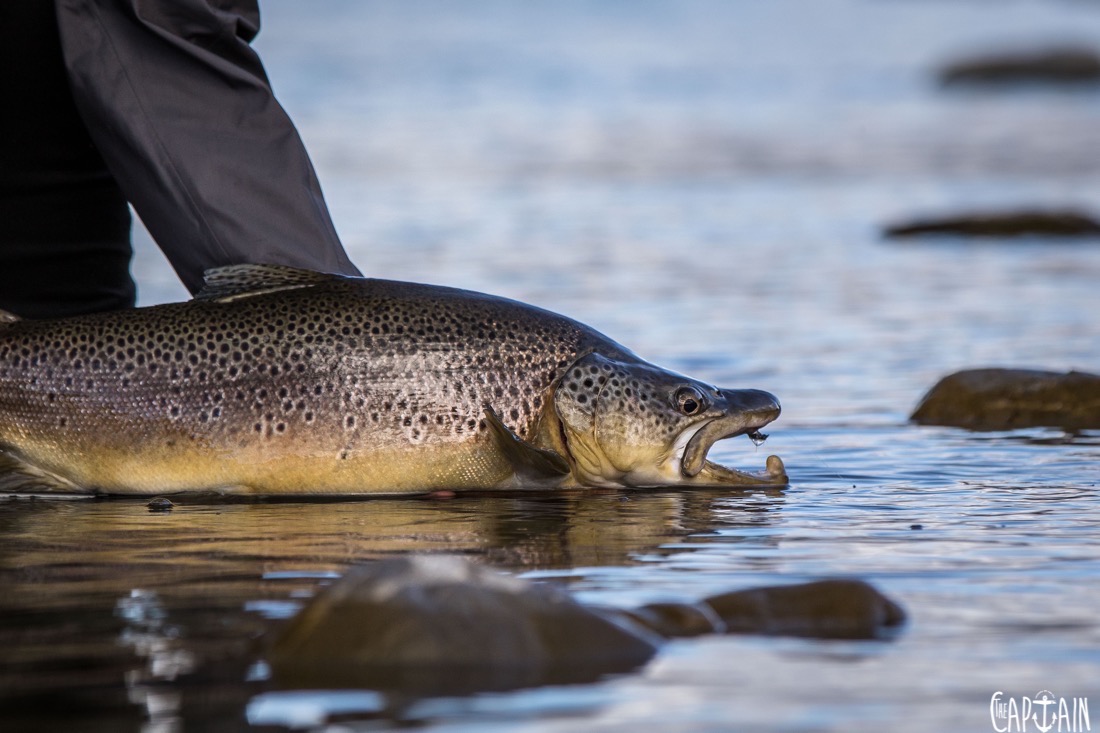
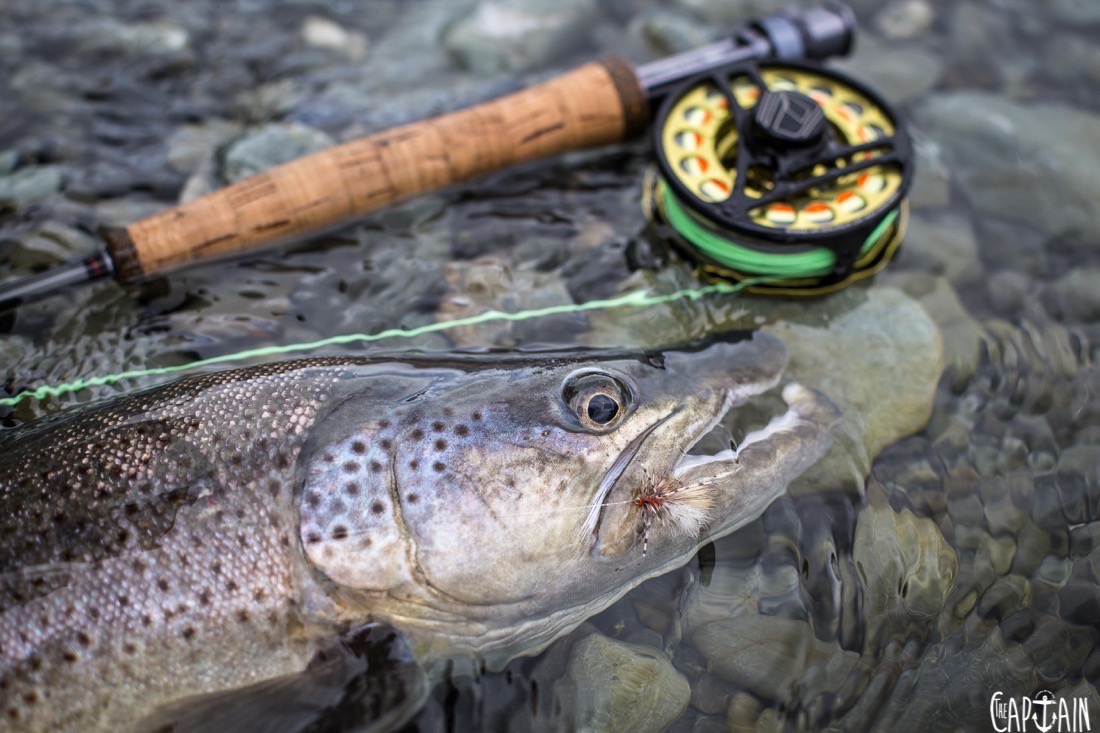
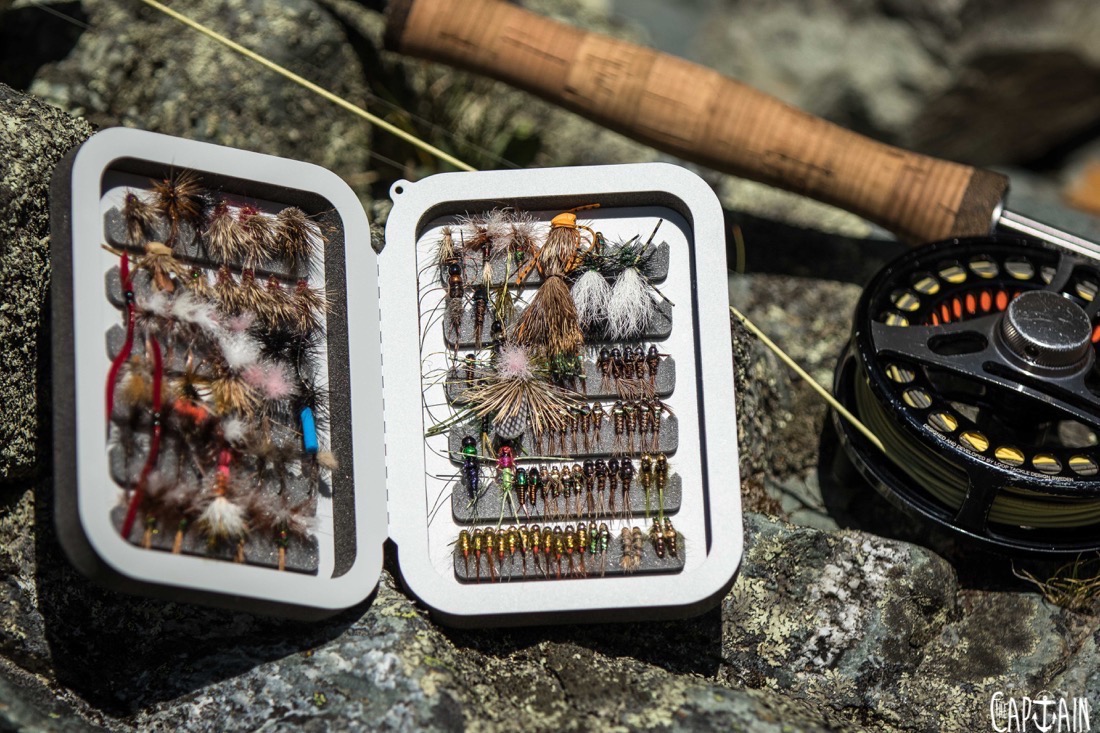
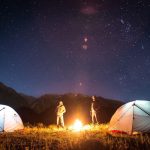
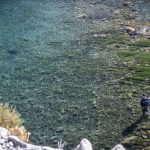
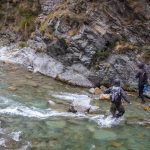

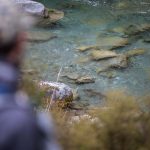
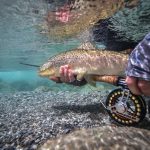
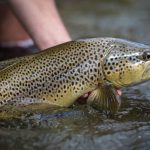
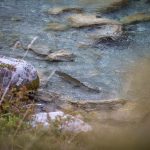
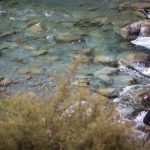
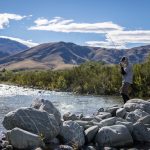
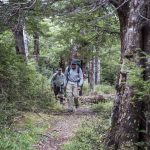
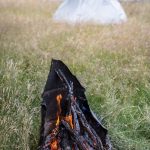
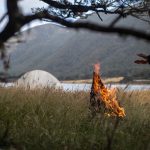
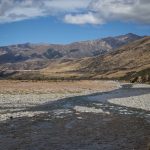
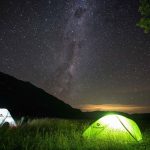
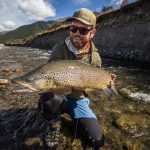
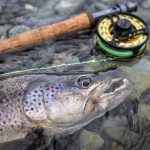
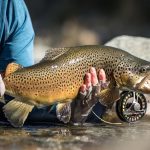
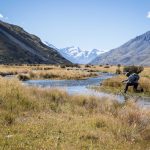
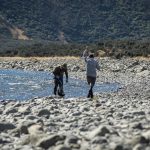
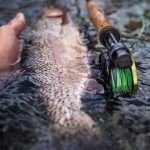
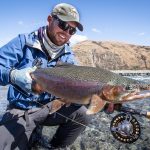
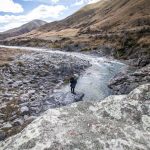
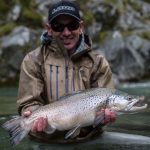
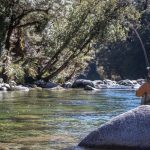
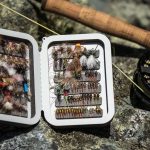
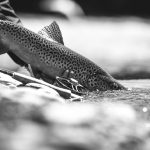

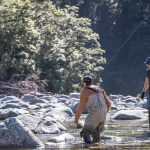
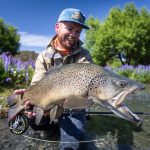
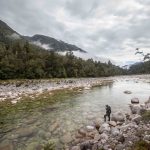
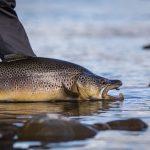
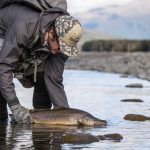
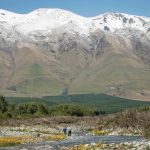
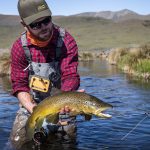
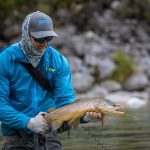
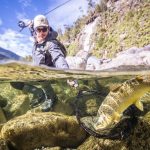
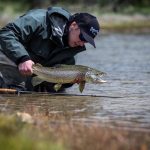
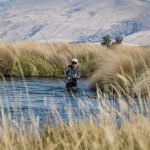
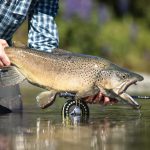
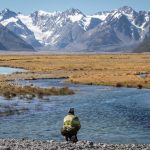
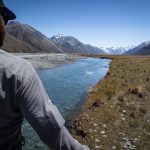
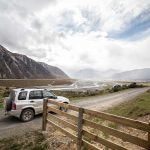
Recent Comments